Interior design can be a confusing affair for first-time homeowners. With a myriad of designs across different cultures, learning about what defines a particular style is a particularly daunting task when undertaken alone. But have no fear, let us help you by breaking down six common design styles found in Singapore homes.
Scandinavian
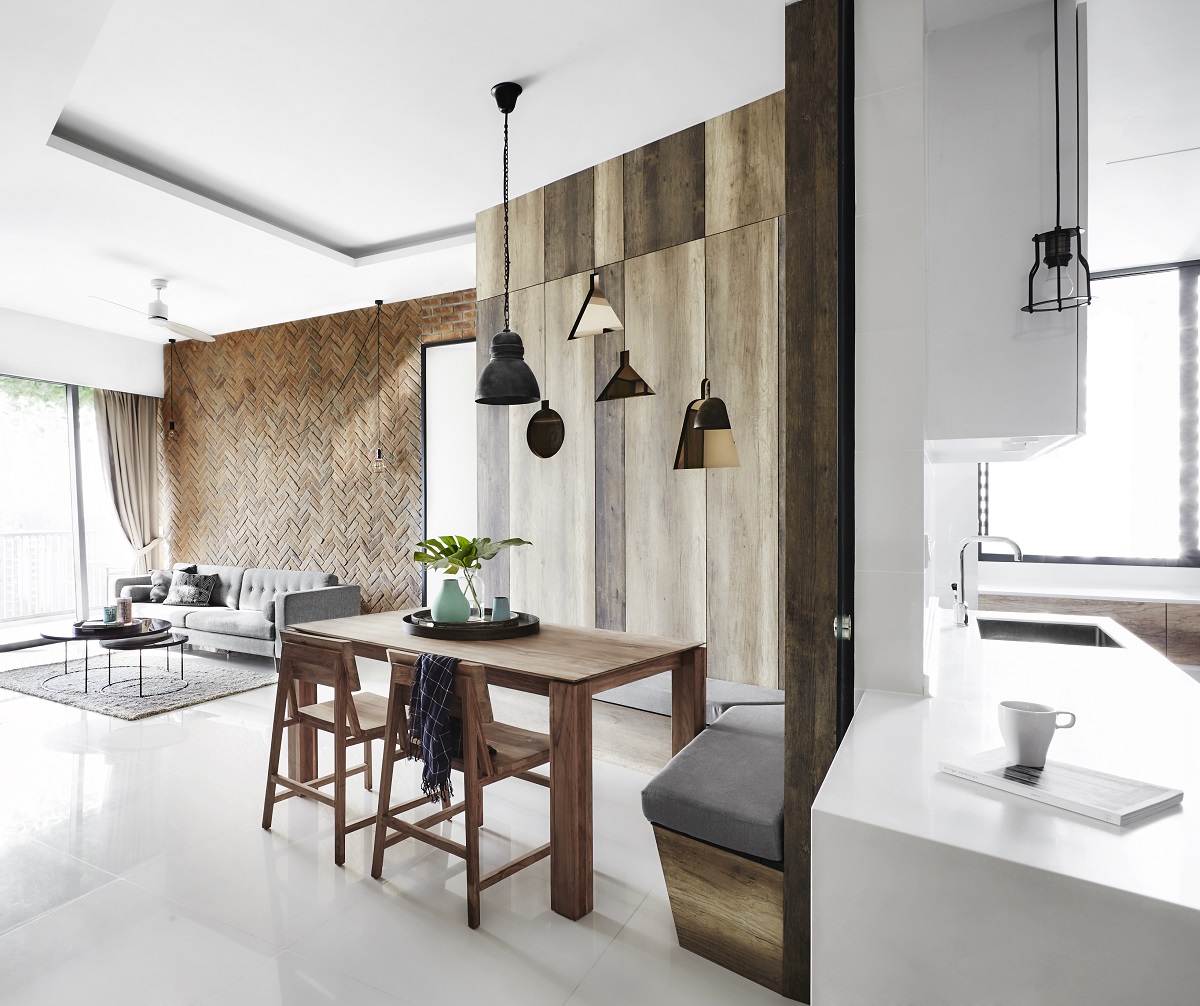
Governed by two key principles: simplicity and practicality, Scandinavian-style homes make for pleasing abodes with their uncomplicated design and spacious look. Materials such as wood, metal and leather are also key to the Scandinavian-style as they hail back to its Nordic roots, which are strongly associated with nature.
Key Features:
- Heavy use of natural materials.
- A combination of light and neutral colours, such as white, grey and teal.
- Simple yet functional design.
Industrial
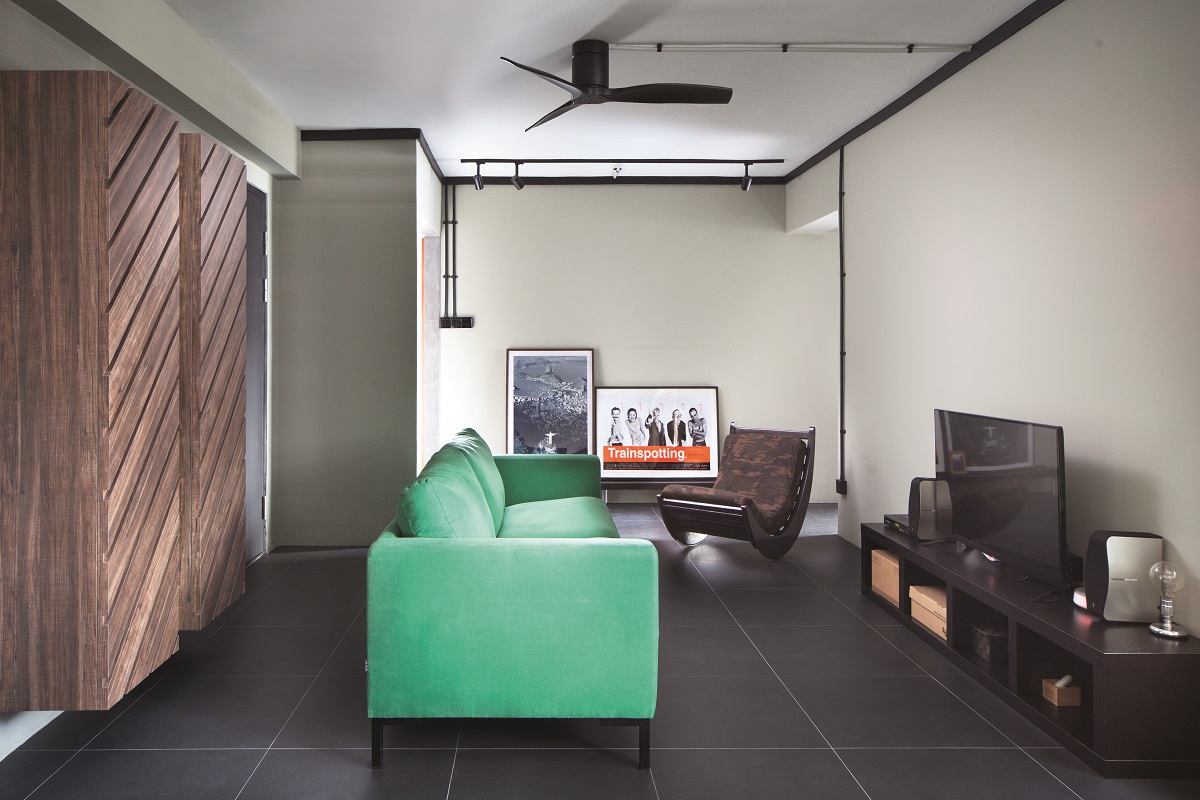
Unlike cosier Country- or Cottage-style interiors, Industrial-style interiors often come off as cold and masculine with their raw surfaces and gritty finishes. A utilitarian image typically characterises Industrial-style homes, but this is where their factory-like appeal lies with pared-back, galvanised furnishings and exposed fixtures.
Key Features:
- An abundance of worn-out or raw surfaces.
- A mixture of cool and tan shades, such as grey, dark blues and brown.
- Urban-looking with a distinctive grit.
Modern

Contrary to popular belief, the term ‘Modern’ does not refer to home designs that are currently in vogue. Rather, it is representative of interiors that possess traits corresponding to mid-20th century sensibilities (think 1930s-70s). Open spaces, clean lines and hints of colour against a neutral backdrop are some of the hallmarks that underpin designs belonging to the Modern school of interior design.
Key Features:
- Open-concept, roomy interiors.
- Background of dark neutral colours, with saturated accents.
- Clean, sophisticated ‘retro’ look.
Contemporary
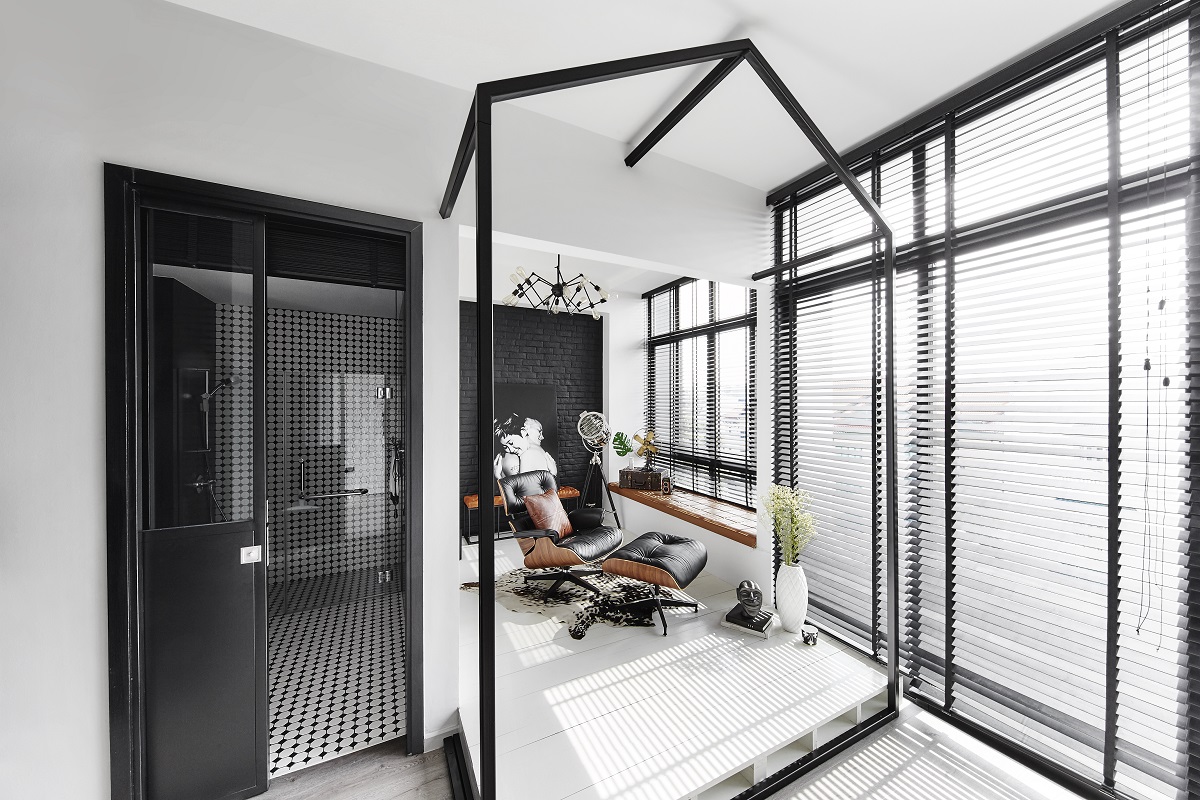
Not to be mixed up with Modern design, the Contemporary-style is truly representative of what is considered ‘in’ for this day and age as it is contingent on the latest tastes and preferences of homeowners.
Semantics aside, the very fact that current Contemporary-style interiors share many elements of Modern-design can also make things confusing. For instance, both styles have a shared love for clean, simple spaces and neutral colours.
One useful trick to distinguish between both designs is that Contemporary homes often carry a sleeker, more linear appearance as compared to their Modern counterparts.
Key Features:
- Sleek, seamless interior with a linear profile.
- Grey, black and white tones with highly-polished surfaces.
- Constantly evolving look dependent on current trends.
Minimalist
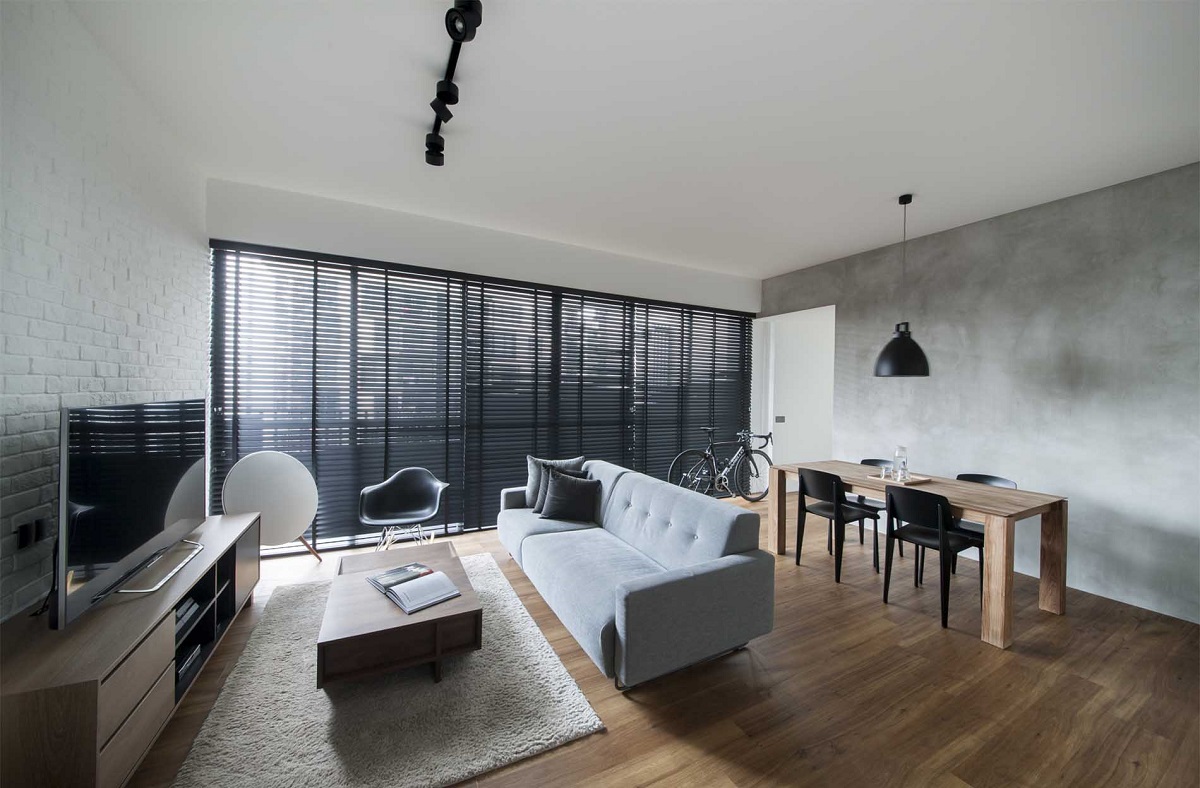
If you have a penchant for simple, fuss-free living, a Minimalist home might just be your design style of choice. Reduced to their bare elements, Minimalist homes feature interiors are devoid of clutter and are completely streamlined. Unadorned walls, light furniture and complimentary neutrals are some key features that are typically found in homes created with a Minimalist look in mind.
Key Features:
- Pared-down, barren spaces with moderate furnishings.
- Typically monochromatic with the occasional rich accent colour.
- Austere appearance, but one that can be customised for a cosier look.
Eclectic
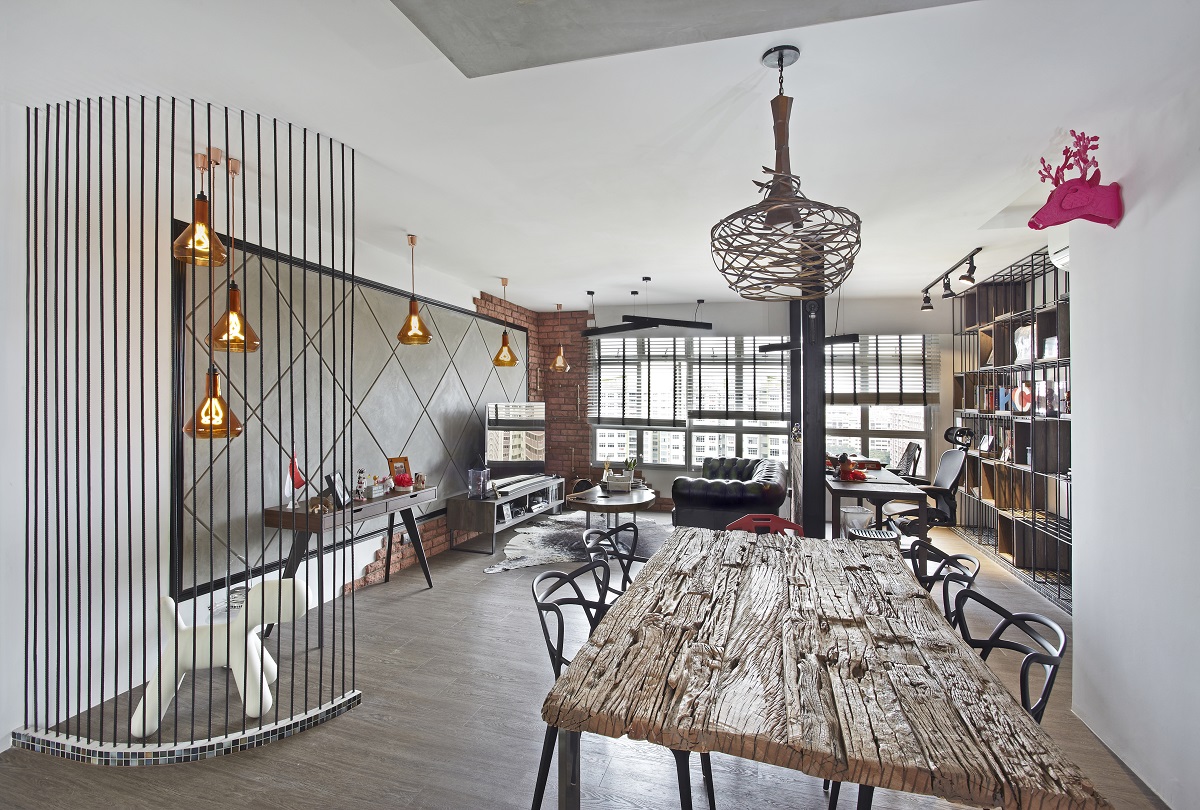
Rather than sticking to a specific period or interior design style, Eclectic interiors draw inspiration from a variety of palettes and textures to create a home that is truly ‘Me’. While this approach might appear to be messy (or ‘rojak’ in Singapore lingo), each element in an Eclectic-style interior has to be chosen carefully to ensure a multifaceted, but unified look.
Key Features:
- Harmonised look that brings together different design elements.
- A neutral palette is recommended for a less chaotic appearance.
- Interconnected elements woven together to create a one-of-a-kind look.



